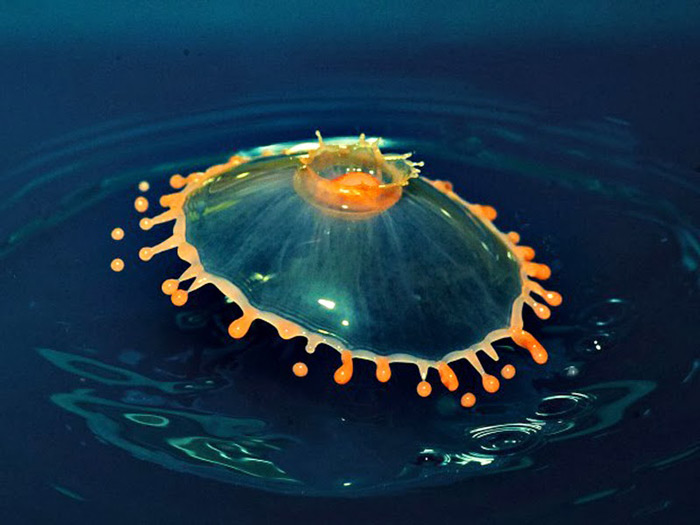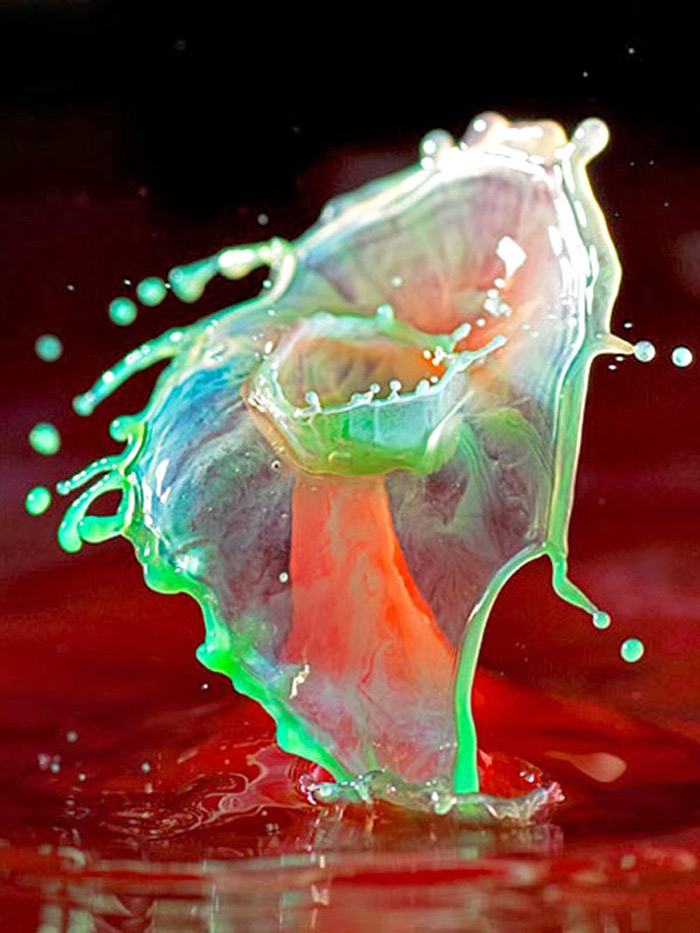Bouncing Water
Jan 7, 2017
 Among the shining lights lost to the world in 2016 was Irving Olson, a Toledo, Ohio, man who died in his sleep just shy of his 103rd birthday.
Among the shining lights lost to the world in 2016 was Irving Olson, a Toledo, Ohio, man who died in his sleep just shy of his 103rd birthday.
He grew up hating school, though in about 1930 he did manage to stick out one semester at the University of Toledo, where he said he learned nothing interesting or useful. Over the succeeding 80 or so years, he taught himself whatever he felt like learning, whenever he felt like learning it.
He especially liked new technology, the latest thing. When he was a little boy, the latest thing was a Kodak Brownie camera, which cost one dollar; Olson taught himself to shoot pictures, and he set up a darkroom to develop and print them.
By 1930, the new thing was radio. Olson taught himself to fix radios, to build them, to build better ones. He started a one-man repair shop. By 1963, when he retired on his fiftieth birthday, his little shop had become Olson Electronics, a nationwide chain of 95 stores plus a mail order business, selling parts for radios and every other kind of electronic gizmo. Olson sold his company to a corporation that turned it into Radio Shack.
Long after he retired, he continued fiddling with and teaching himself all about new technological developments. He'd been a photographer all along, publishing travel photos and many others, but at the age of 79 he decided he had to make the switch to digital cameras and computerized photo processing. He taught himself Photoshop when he was in his nineties.
Everything came together for Olson at the age of 97. By then, he'd been retired for almost half a lifetime. He'd outlived his wife of 71 years and settled into an apartment in a senior-living community in Arizona. He'd finally stopped traveling, after visiting 135 different countries; airports were just too unpleasant, he said.
But he was still up for a challenge. And that was when he spotted an article in a technical photography journal about shooting photos of the collision of two drops of water. "I could do that," Olson thought to himself. "In fact, if I color the water, I can make it really interesting."
He turned his kitchen into a lab and got to work. After two years of experimentation, he finally had a setup that reliably produced nice pictures of drops of water banging into each other, some of them really interesting. In this context, "some of them" means that he considered about 1 picture in 500 worth keeping.
When a drop of water falls into a pan of water, it actually bounces a little, about two inches. If a second drop is released so it falls onto the first drop just at the top of the bounce, you might have a good picture. Olson experimented with timing, with lighting, with the size of the drops, with colors, with milk and other additives to change viscosity.
"If you think this is complex, it is," he told the editors at Smithsonian magazine. "If it is almost impossible, I like it a lot."
His photos have been exhibited all over the world, including a one-man show in New York's Grand Central Station. When he turned 100, the University of Akron awarded him an honorary doctorate.
Basically, Olson spent the final years of his life in a darkened kitchen–not all that different from the photographic darkrooms of his early years–fiddling with a drippy faucet kind of thing. By all accounts, it made him really, really happy.
